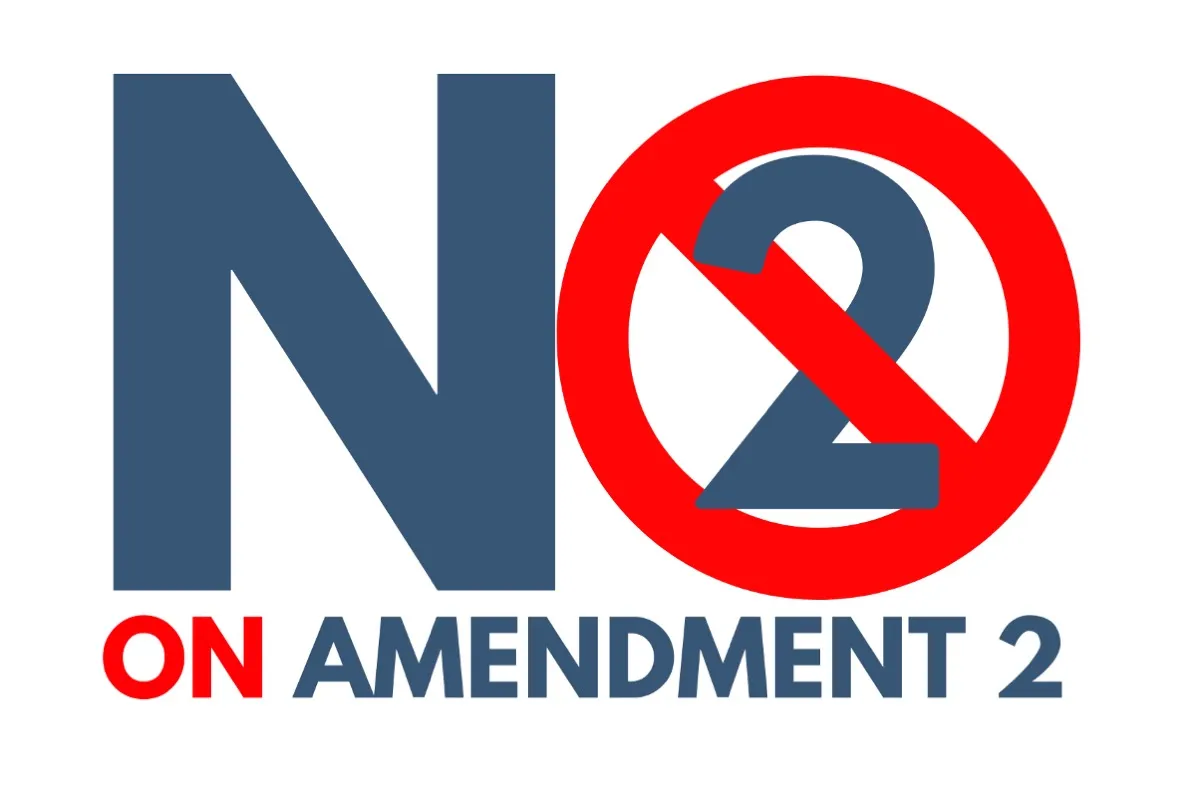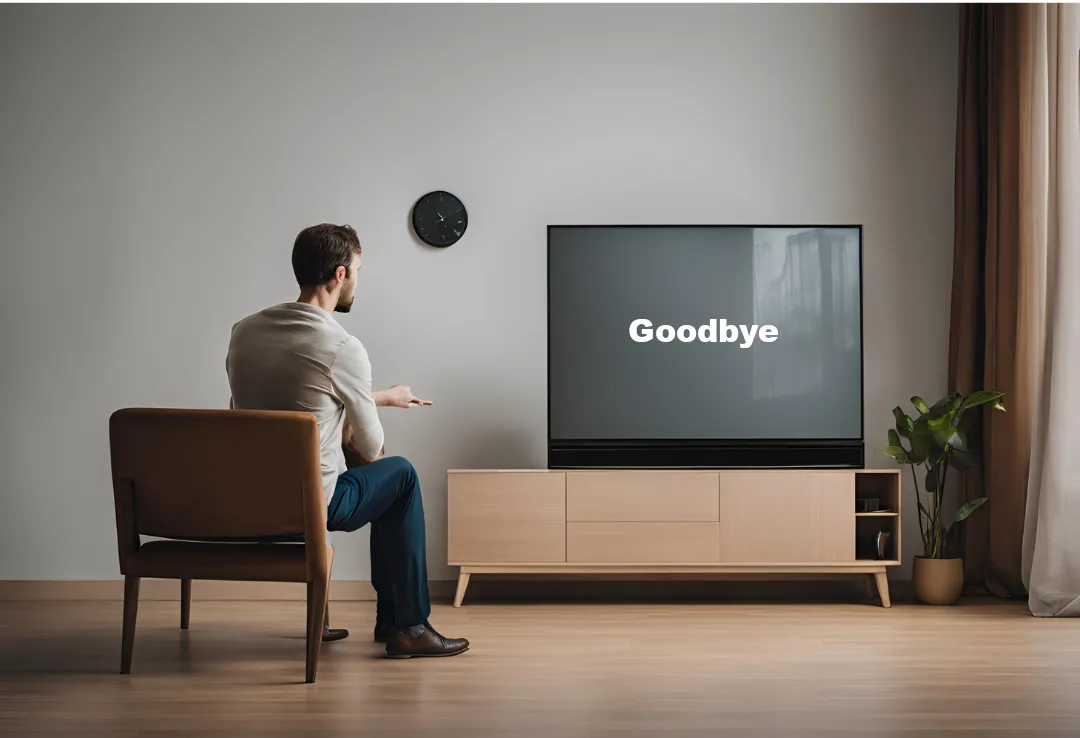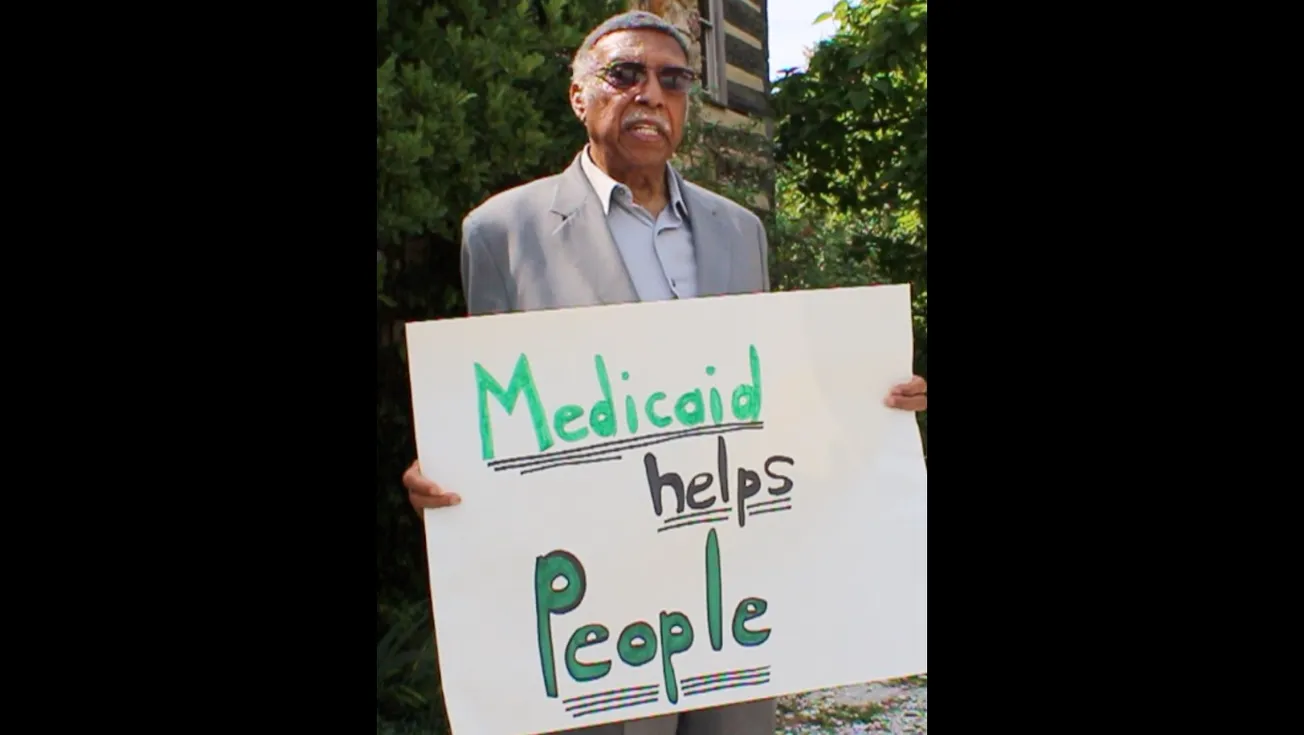As parents from Florida and Arizona, we have seen firsthand the devastating impact of publicly funded school vouchers. We offer a gloomy cautionary tale to Kentuckians so that you can understand why passing Amendment 2 and allowing similar programs in Kentucky would be a terrible idea.
Arizona and Florida have the dubious distinction of being considered “#1 in school choice” by the dark money special interests that have spent millions to push vouchers in our states. This means our public schools are underfunded in service of private school vouchers. Rural students and low-income families have fewer quality choices, while richer suburban families use vouchers as a coupon for the private education they were already paying for. Hundreds of millions of taxpayer dollars are being spent with no accountability, no transparency, and no return on investment.
Arizona is now reeling from the impacts of universal vouchers, which are set to siphon more than $1 billion out of our local public schools this school year. School districts are forced to make horrific decisions between shutting down schools, laying off hundreds of teachers, slashing bus routes, or firing counselors or social workers. Arizona class sizes are growing, while our buildings and buses fall into disrepair. Just this spring, our Attorney General announced major cases of fraud, in which hundreds of thousands of dollars were stolen from the voucher program.
Florida spends over $4 billion of taxpayer money annually on private schools and homeschool students. Almost 70 percent of the schools are not accredited, requiring parents to check with their students’ prospective colleges to ensure their diplomas will even be accepted. In Florida, homeschool families who receive vouchers are free to purchase large-screen TVs, paddleboards, vacations, and other extravagant items, while public schools don’t have basic school supplies, such as paper and pencils. To reduce costs, our traditional public schools have class sizes bursting at the seams, fewer enrichment programs, and limited access to accelerated courses.
Read the rest at the Herald-Leader.







